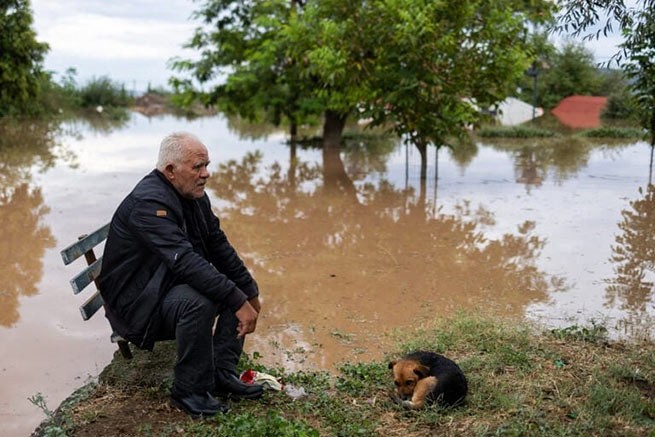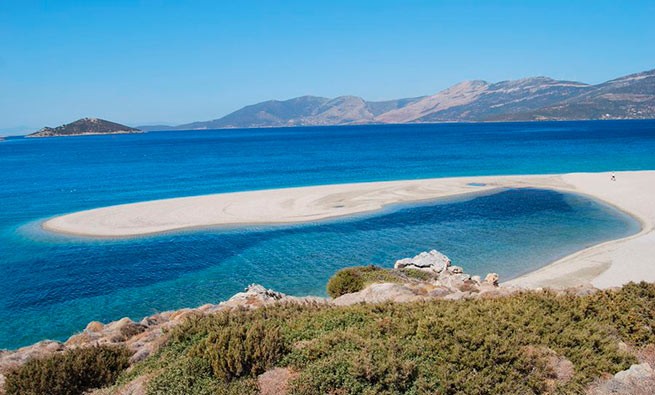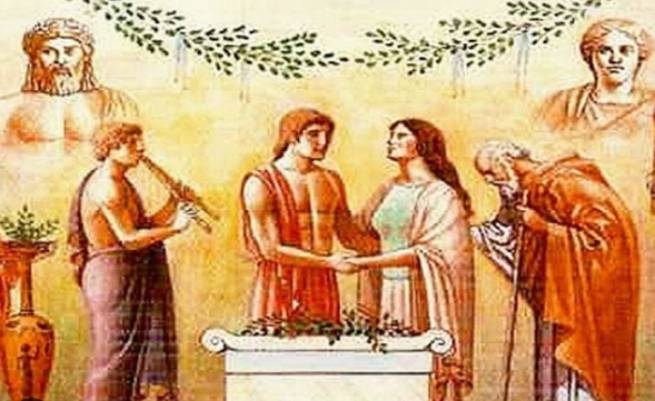Ancient DNA analysis reveals marriage rules in Minoan Crete, and researchers from the Max Planck Institute for Evolutionary Anthropology in Leipzig, Germany report groundbreaking insights into Bronze Age family structures in Greece.
The results of their work are published in the journal Nature Ecology & Evolution. The conducted DNA analyzes indicate that the choice of marriage partners in ancient Greece was determined by kinship.
More than a century ago, when Heinrich Schliemann discovered the rich tombs in Mycenae with the famous golden masks, he could only guess and speculate about the relationship of the people buried in them. Now it has become possible, with the help of the analysis of ancient genomes, to get an idea of the rules of kinship and marriage in Minoan Crete and in Mycenaean Greece.
A research team from the Max Planck Institute for Evolutionary Anthropology (MPI-EVA), together with an international team of partners, analyzed more than 100 genomes of Bronze Age humans from the Aegean regions. One of the study’s lead authors, archaeologist Philip Stockhammer, says:
“Without close cooperation with our partners in Greece and around the world, this would not have been possible.”
Thanks to recent methodological advances in the production and evaluation of ancient genetic datasets, it is now possible to obtain extensive data even in regions with problematic DNA preservation due to climatic conditions, such as Greece. For the Mycenaean village of the 16th century BC. even managed to reconstruct the kinship of the inhabitants of the house – the first genetically reconstructed family tree so far for the entire ancient Mediterranean.
Apparently, some of the sons in adulthood still lived on their parents’ farm. Their children were buried in a grave under the courtyard of the estate. One of the wives who married into the house brought her sister into the family, as her child was also buried in the same grave. However, another discovery turned out to be completely unexpected: in Crete and other Greek islands, as well as on the mainland, 4000 years ago it was very common to marry a cousin. Eirini Skurtanioti, lead author of the study, notes:
“Now more than a thousand ancient genomes from different regions of the world have been published, but it seems that such a strict system of consanguineous marriages did not exist anywhere else in the ancient world. It came as a complete surprise to all of us and raises many questions.”
One can only speculate about the explanation for this particular rule of marriage. Stockhammer suggests:
“Maybe it was a way to prevent more and more division of inherited farmland? In any case, this guaranteed a certain family continuity in one place, which is an important prerequisite for growing olives and wine, for example.”
And Skurtanioti adds, quotes GreekReporter: “What is certain is that the analysis of ancient genomes will continue to provide us with fantastic new insights into ancient family structures in the future.”







More Stories
The Olympic flame will arrive in Athens on Saturday. Which roads will be blocked?
A participant in the Olympic Truce Road race has died
Metropolitan Seraphim spoke out against celebrating Easter together with Catholics